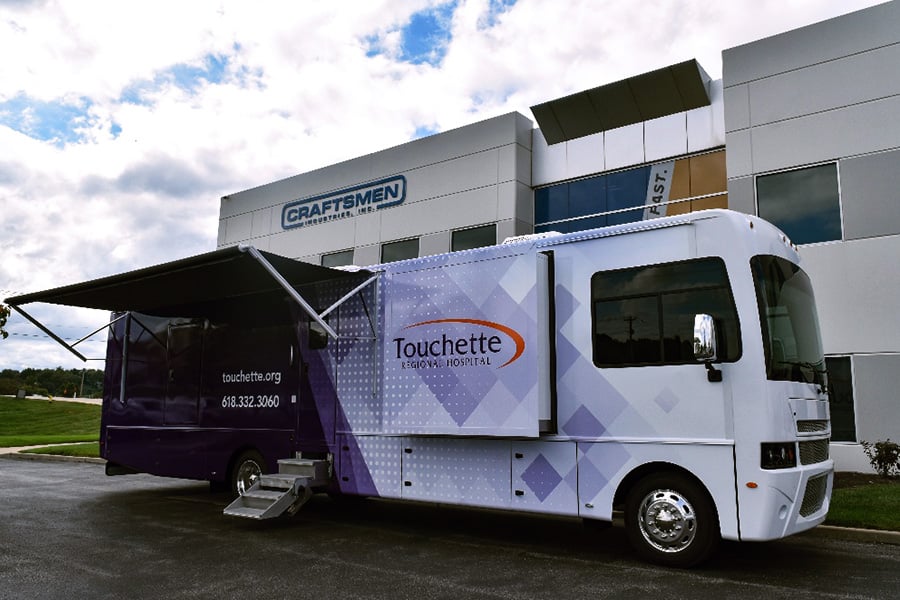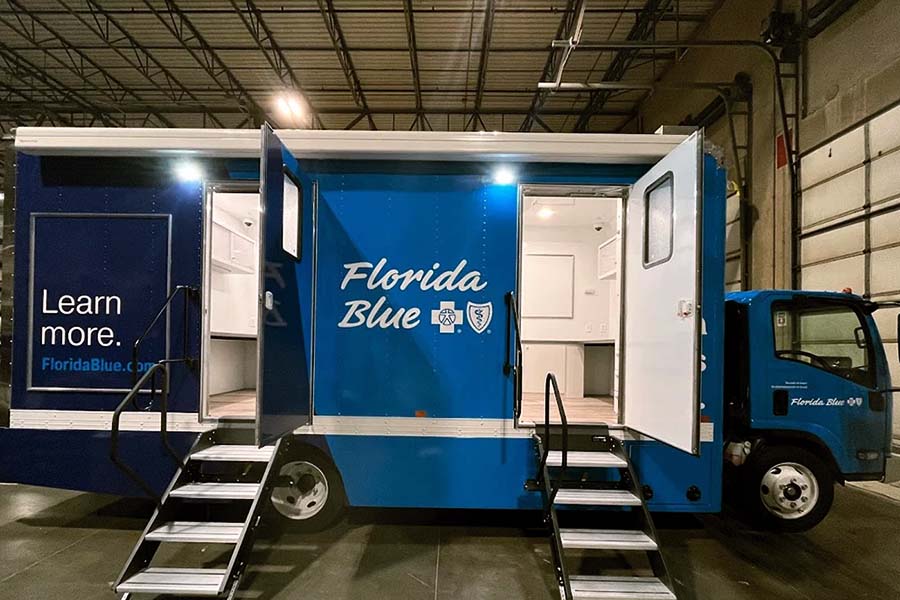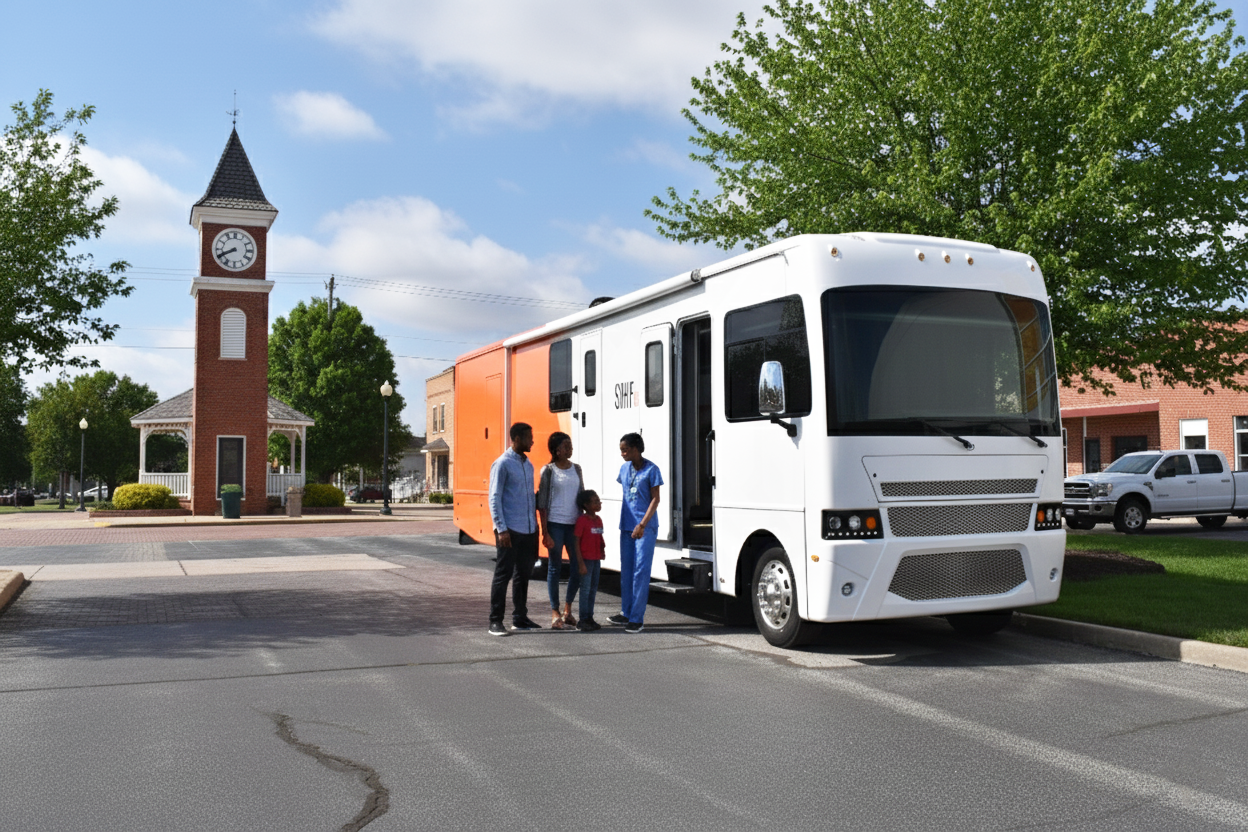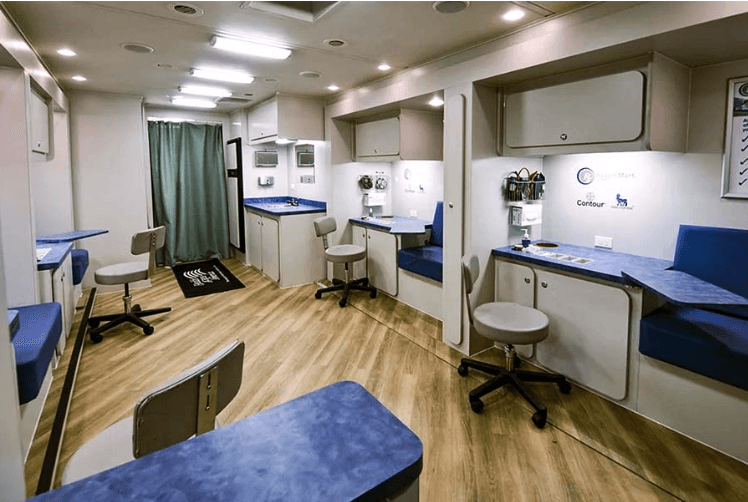What Role Do Mobile Medical Vehicles Play in Health Education?
Innovations have revolutionized healthcare access in remote areas, with mobile medical vehicles utilizing advanced technology to bridge gaps in...
5 min read
Craftsmen Industries May 28, 2025 8:46:58 AM

Access to quality healthcare remains uneven across the globe. In rural hamlets, urban peripheries, and disaster zones, patients often travel long distances even for basic healthcare. Medical Vehicles answer this challenge by delivering essential services directly to the communities that need them most, including primary care clinics.
From well-equipped mobile clinics to rapid-response ambulances and telemedicine vans, these units bridge gaps in infrastructure, transportation, and resources.
Read this blog to explore how medical vehicles expand access to healthcare by offering a full spectrum of services, delivering cost-effective care, and adapting to future needs.
Before we look at what makes medical vehicles so valuable, let’s be clear on what they are and what they do.
Medical vehicles are any transport units set up to deliver health services directly. They come in several variations:
Each type of medical vehicle focuses on at least one of these main jobs:
Medical vehicles do more than hand out bandages. They are health centers on wheels that cover a broad set of services.
Mobile clinics prove to be effective at prevention by offering:
Some vehicles come loaded with lab equipment and portable imaging tools. This means patients can get:
For mothers and little ones, medical vehicles are a game changer. They provide:
Special mobile units also tackle teeth and eyes by offering:
Telemedicine vans and small counseling rooms on wheels bring mental health help to the door. They offer:
Medical vehicles can also serve niche needs, such as:
Knowing what medical vehicles can do leads right into why they matter so much for health systems everywhere.
Remote villages or camps of seasonal workers may never have a steady clinic. Mobile units fix that by showing up on a regular schedule. That means fewer missed appointments and better follow-up care over time.
After a natural disaster or in the middle of a conflict, roads might be blocked and hospitals damaged. Ambulances and mobile clinics can step in as pop-up emergency rooms, giving IVs, stabilizing patients, and calling for air lifts if needed.
Building a brick-and-mortar clinic costs money and takes land. One mobile unit can serve multiple sites and share staff and equipment. That spreads out costs, so the price per patient stays lower.
Beyond delivering medical services, mobile health units act as community hubs for learning and empowerment. On each visit, teams distribute easy-to-understand flyers, lead hands-on workshops on topics like handwashing, balanced diets, and disease prevention. They also recruit local volunteers to help spread these messages.
No solution is perfect, and medical vehicle programs face challenges that teams need to plan for.
Converting a vehicle is one cost, but keeping it running means paying for fuel, repairs, insurance, and staff salaries. Blended budgets that mix government support, insurance billing, and charity donations work best especially with HRSA grant funding for mobile clinics
Flat tires, broken machines, or missing medicine can disrupt a day’s schedule. Programs need a maintenance plan, quick access to spare parts, and local partners for restocking supplies. Staff also require broad training so they can cover different roles when needed.
Some regions treat mobile clinics the same as fixed ones in rules, while others group them in with ambulances. Programs must get the right licenses, follow sanitation guidelines, and protect patient privacy every step of the way. Regular audits and patient feedback help keep quality up.
Looking ahead, medical vehicles will grow in scope and power thanks to new tech and fresh healthcare models.
Consider ultrasound or mobile X-ray devices that instantly read results using artificial intelligence. Portable DNA sequencers could spot infections before symptoms appear. Soon, every vehicle will feel like a mini hospital.
As more countries move toward universal coverage, mobile units will plug into national databases and referral networks. Electronic health records will flow between road units and big hospitals, so no patient falls through the cracks.
The United Nations wants everyone to get essential health services by 2030. Medical vehicles are key to reaching the last miles. They help close the gap for remote, low-income, or displaced communities and keep health systems agile in the face of new outbreaks.
How does transportation affect access to healthcare?
Lack of reliable transportation can prevent people from getting to medical appointments. This often leads to missed visits, delayed treatment, and poor management of chronic conditions, especially in rural or underserved areas.
How do we increase access to healthcare?
Access can be improved by expanding insurance coverage, supporting telehealth, building more clinics in underserved areas, and addressing issues like transportation, language barriers, and provider shortages.
What is the biggest barrier to healthcare access?
The most common barrier is cost. Many people delay or avoid care because they are uninsured, underinsured, or unable to afford out-of-pocket expenses.
How do mobile health clinics improve access to health care?
Mobile clinics bring care directly to communities that have limited access to medical services. They help reduce travel time, provide preventive care, and reach people who might otherwise go without treatment.
What are the barriers to mobile health clinics?
Mobile health clinics face challenges such as funding limitations, vehicle maintenance, staffing shortages, and regulatory hurdles. They can also struggle with reaching remote areas during bad weather or poor road conditions.
Medical vehicles are more than transport, they’re lifelines that deliver prevention, diagnosis, and even specialty care right where it’s needed. From routine checkups and blood tests to maternal health visits and telepsychiatry sessions, these rolling clinics prove one thing: distance should never be a barrier to care.
If you’re ready to bring reliable, fully customized medical vehicles into your outreach strategy, Craftsmen Industries has you covered. With decades of engineering expertise and a turnkey approach, we create mobile clinics, lab trailers, telemedicine units, and more, all tailored to your needs and budget.
Reach out to Craftsmen Industries now for a free consultation and start planning your custom medical vehicle!

Innovations have revolutionized healthcare access in remote areas, with mobile medical vehicles utilizing advanced technology to bridge gaps in...

Mobile medical RVs are large, fully equipped healthcare vehicles that are significantly larger and more advanced than standard vans. Built on bus or...

Innovations in healthcare delivery have led to the emergence of mobile medical vehicles, often serving underserved communities and remote areas....